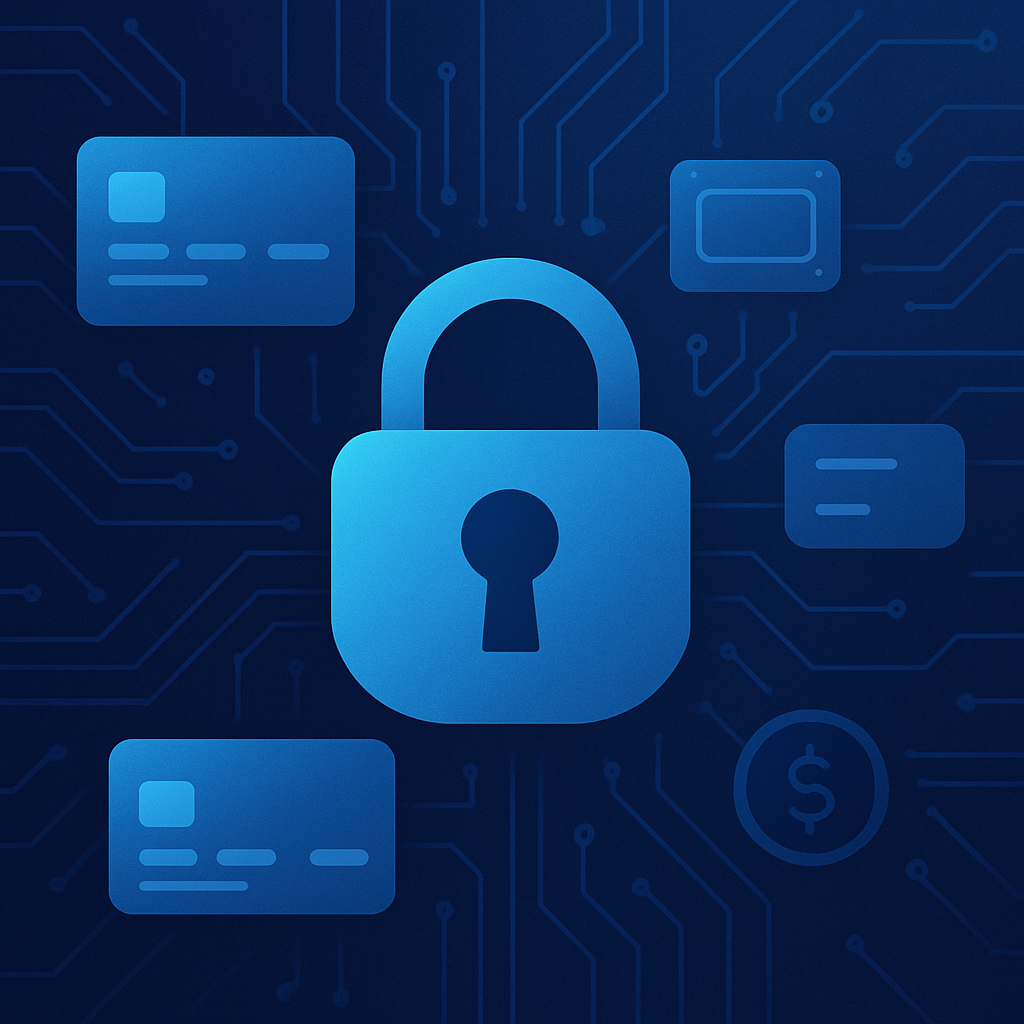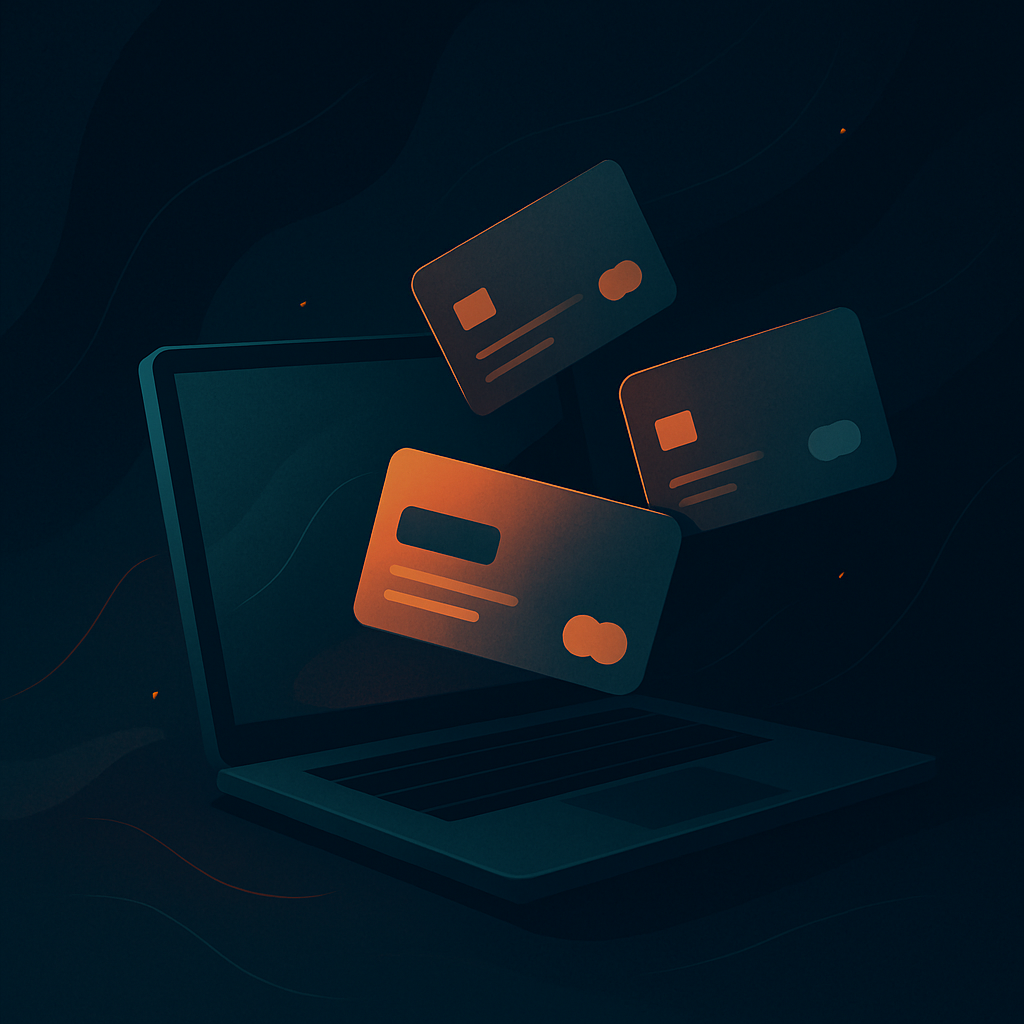Why Use a Credit Card Generator for Testing
A 5‑section guide to secure, realistic payment simulations

Demystifying BINs and IINs
Every credit or debit card number starts with a Bank Identification Number (BIN), also known as the Issuer Identification Number (IIN). These first six digits identify the issuing institution and card type. Understanding how BINs and IINs work is the first step in generating plausible test numbers. It’s a bit like knowing the area code in a phone number: it tells you where the card comes from and what network it belongs to.
Protecting customer data with fake numbers
Using genuine card numbers in a development environment is a huge liability. Test databases get copied, logs end up in places you didn’t expect, and suddenly sensitive data is exposed. By using generated numbers, you can create realistic payment flows without ever touching a customer’s real account. It’s a simple way to respect privacy and stay compliant with data protection regulations.

Avoiding common testing pitfalls
It’s surprisingly easy to trip up when working with payment simulations. One common mistake is leaving a test generator on in production, causing failed transactions and confusing users. Another is mixing real and fake data within the same environment, which can contaminate analytics and lead to bad assumptions. Sticking to a clear process—fake numbers in test, live numbers in production—keeps your results clean.
Leveraging Namso Tools features
Namso Tools isn’t just a random number generator. It lets you specify BIN prefixes, choose the length of the number, and even generate expiration dates and CVV codes. You can use it to create batches of test cards that mirror your customer base or feed automated scripts that run through your checkout. These advanced options make your testing feel more like the real world.
Looking ahead: evolving payment tech and test practices
Digital payment systems are changing quickly. New card types, mobile wallets, and security protocols appear every year. Keeping up means constantly updating your tests and the data behind them. By relying on generators and tools that adapt to new standards, you’re better prepared for whatever comes next. After all, a little foresight in testing today saves a lot of headaches tomorrow.